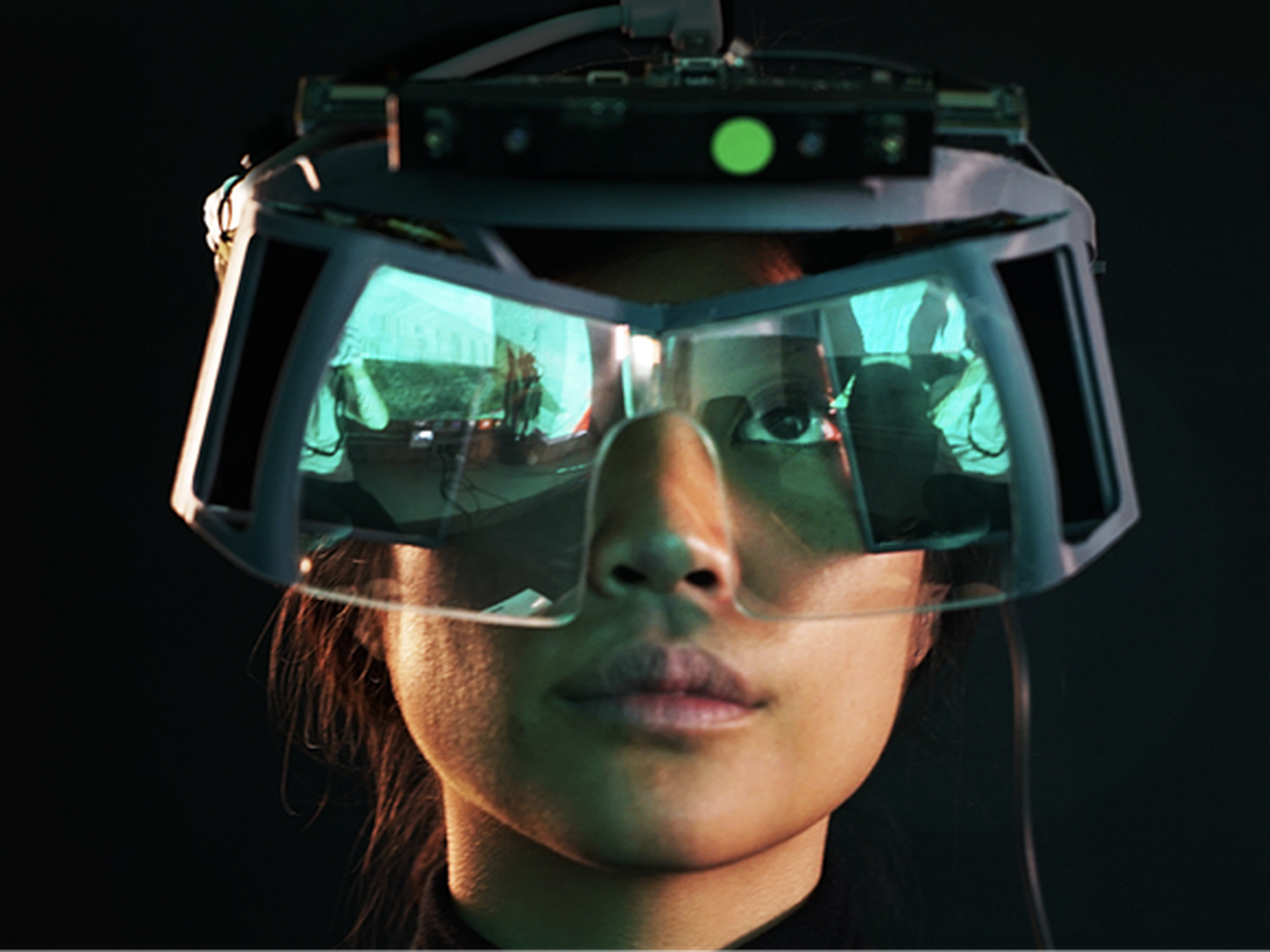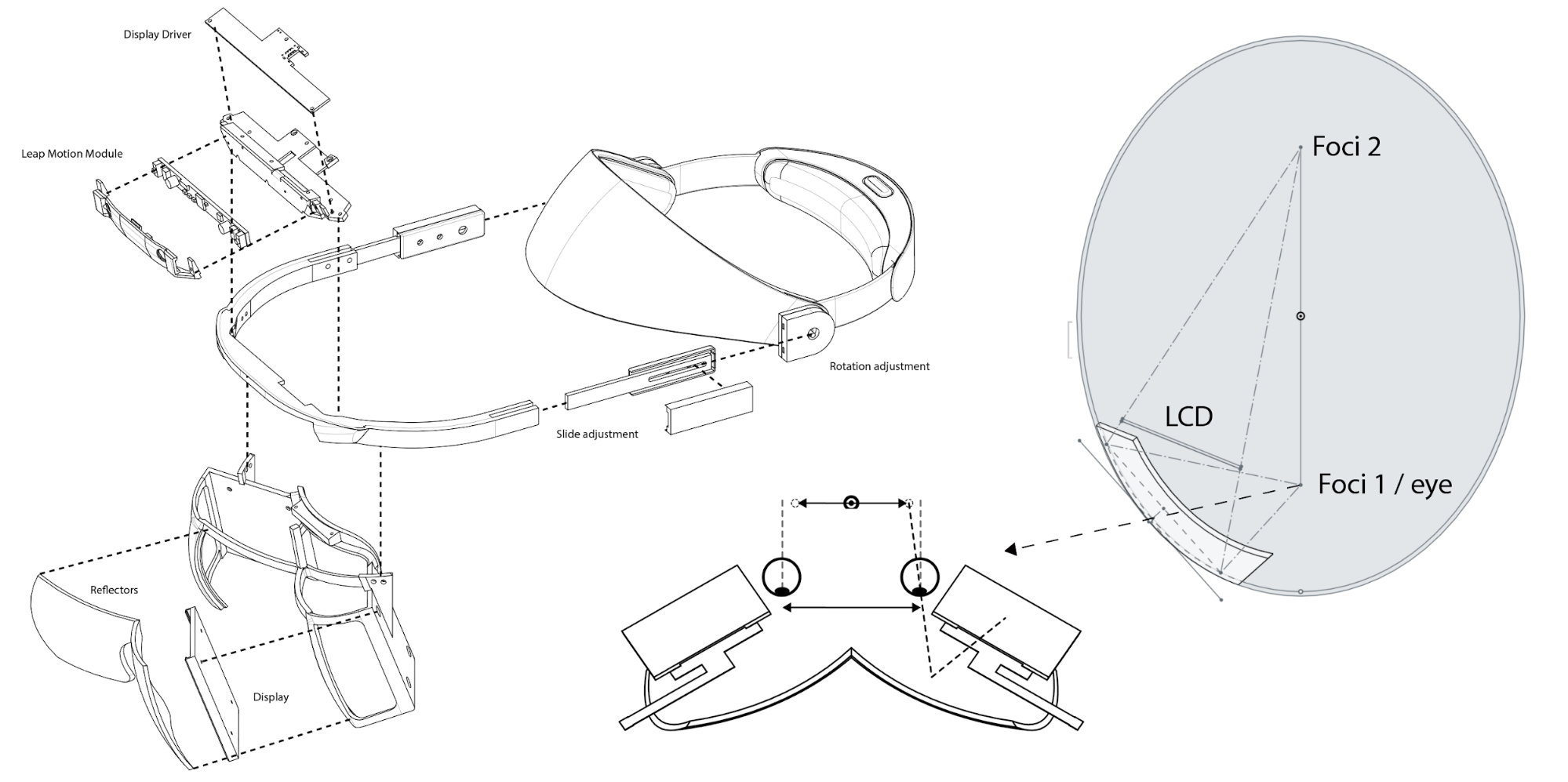
By Heather Hamilton, contributing writer
Leap Motion, a sensor company that focuses on hand and finger motion input, recently announced plans for an augmented reality platform based on a hand-tracking system that the company had previously developed. Referred to as Project North Star, the endeavor includes a headset that can be manufactured at a cost of less than $100 in a large-scale production scenario.
While this headset isn’t exactly indiscriminate, it isn’t horribly obtrusive, either. It’s too large to wear if you’re walking around and don’t want to be noticed, but it is fairly sleek and relatively small. Each headset contains a Leap Motion sensor that would allow users to manipulate objects with their hands in the same way that their existing desktop and VR displays do. Ultimately, Leap Motion says that they seek to provide hardware and software that will adapt existing equipment as they are released under an open-source license in the coming week.
The headset offers low latency and uses two 3.5-inch LCD displays that refresh quickly and have a resolution of 1,600 x 1,440 per eye, reflecting light onto a visor that reads as a transparent overlay to the user. According to the company, this provides a field-of-view that is 95° high and 70° wide, which beats many AR systems on the market. It fits above the eyes and tracks hand motion 180° horizontally and vertically.
Road to VR reports that this version of Project North Star is actually a lesser version of a prototype with even greater specs that was much more difficult to wear. The earlier version, while impractical, established a baseline for what was possible but not necessarily practical.
“We hope that these designs will inspire a new generation of experimental AR systems that will shift the conversation from what an AR system should look like to what an AR experience should feel like,” they write.

In an interview with The Verge, Leap Motion pointed out that they aren’t a headset company but are instead interested in getting software running on as many systems as they can. Project North Star isn’t, then, necessarily acting as a competitor for Microsoft’s HoloLens or Magic Leap because they don’t provide environmental interactions and room-scale tracking but instead focus on advanced hand interactions, which they excel at. Project North Star articulates every finger individually and mimics the physics of holding and moving objects, which can be seen here.
Before the design is made open-source, Leap Motion writes that they hope to include room for enclosed sensors and electronics, better cable management, cleaner ergonomics, and better curves, as well as support for off-the-shelf headgear mounting systems. But it doesn’t stop there — on the wish list for development, they include, among other things, embedded cameras that face inward, head-mounted ambient light sensors, and directional speakers.
Leap Motion has lofty goals for human ingenuity on this one, and they write extensively about changing waters and floods — their blog makes it clear that they’ve got big (although somewhat vague) ideas about what the future of VR might hold. “The journey toward the hardware of a perfect AR headset is not complete and will not be for some time, but Project North Star gives us perhaps the first glimpse that we’ve ever had,” they write. “It helps us ask the right questions, find the right answers, and start to chart the course to a future [that] we all want to live in, where technology empowers humanity to solve the problems of today and those to come.”
Sources: Leap Motion, Road to VR, The Verge, Twitter
Image Source: Leap Motion
Advertisement
Learn more about Electronic Products Magazine





